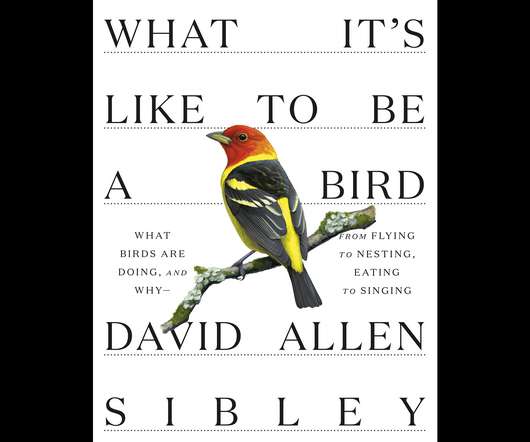School Burrowing Owls
10,000 Birds
JUNE 4, 2013
The colony has grown supporting up to 3 pairs of owls, all breeding at once! The colony has numbered 17 at one point and fledged as many as 9 owlets during the normal breeding season. The owl couple on the live camera feed is the youngest breeding pair in the colony and are a little over a year old.












Let's personalize your content